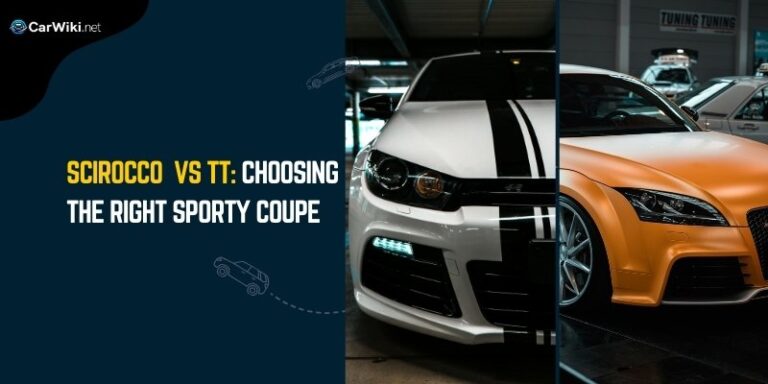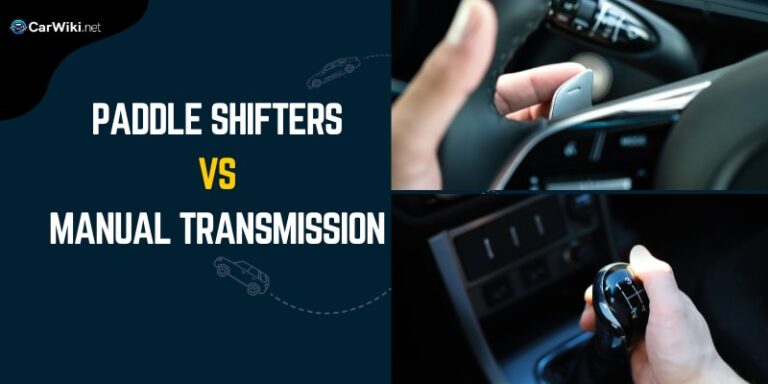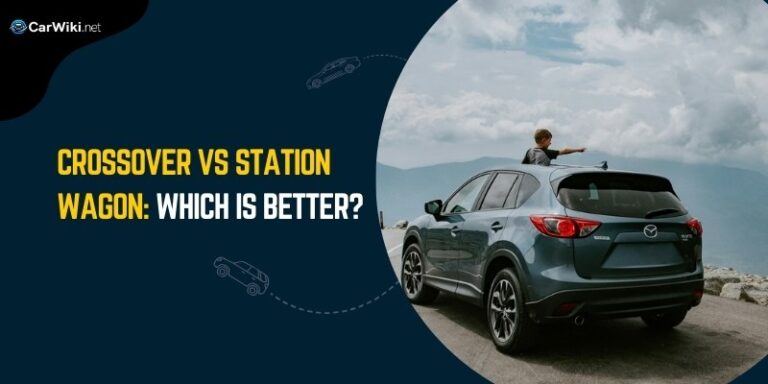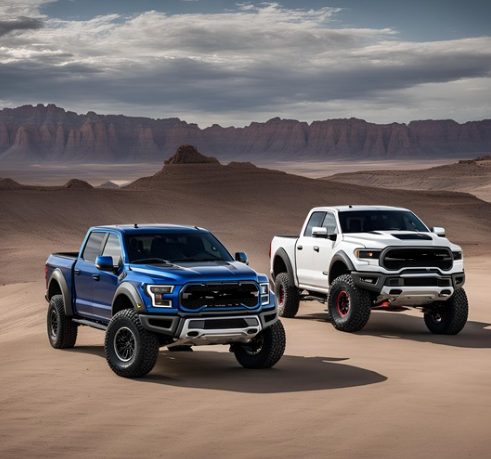Turbocharger vs Supercharger: What’s Best? (PROs & CONs)
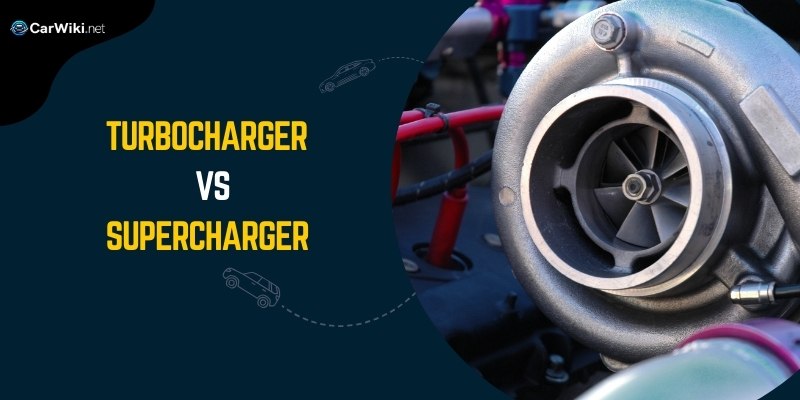
Turbocharger vs supercharger? This is the question that splits most car enthusiasts into two different camps. But ultimately we love both of them.
Let’s see how you can unleash the hidden potential of your engine with these two powerful forced induction technologies. Dive deep to understand their unique characteristics, weigh the pros and cons, and choose the perfect booster for your driving experience!
Choosing between a turbocharger and a supercharger isn’t a one-size-fits-all decision. While both enhance performance, they cater to different driving styles and priorities.
Here’s a deeper dive into their strengths and weaknesses:
Turbochargers
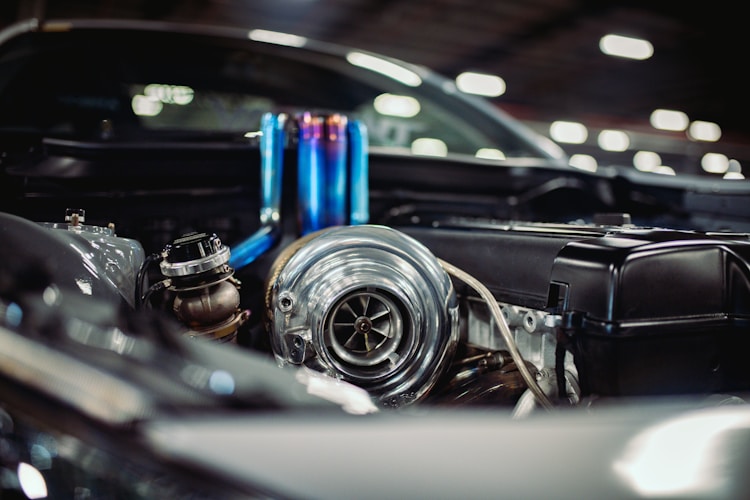
Turbochargers increase engine power by using exhaust gases to spin a turbine, which compresses air into the engine, enhancing efficiency and output.
This method can introduce a brief delay in power increase, known as “turbo lag.”
Turbocharger Pros
Fuel Efficiency
In certain driving scenarios, especially highway cruising, turbochargers can potentially improve fuel economy by utilizing waste exhaust energy rather than relying solely on the engine to draw in air.
This isn’t always the case, and aggressive driving can negate any fuel savings.
Lower Cost
Generally, purchasing and installing a turbocharger is more economical compared to a supercharger, making it a more budget-friendly option for performance enthusiasts.
Wide Powerband
Once spooled up, turbochargers offer a broader range of power delivery across the rev range. This translates to a more sustained feeling of acceleration and power throughout your drive.
Turbocharger Cons
Turbo Lag
The time delay between pressing the accelerator and experiencing the boost can be noticeable, particularly in lower RPMs.
This “lag” can be frustrating for drivers who crave instantaneous response and a more connected feeling to the engine.
Heat Generation
Turbochargers generate significant heat due to the exhaust gases used for operation.
This necessitates additional cooling systems, such as intercoolers, to prevent overheating and maintain optimal performance.
Complexity
Installation and maintenance of turbochargers can be complex compared to superchargers due to the intricate plumbing and additional components involved.
This often requires specialized knowledge and tools, potentially leading to higher repair costs.
Superchargers
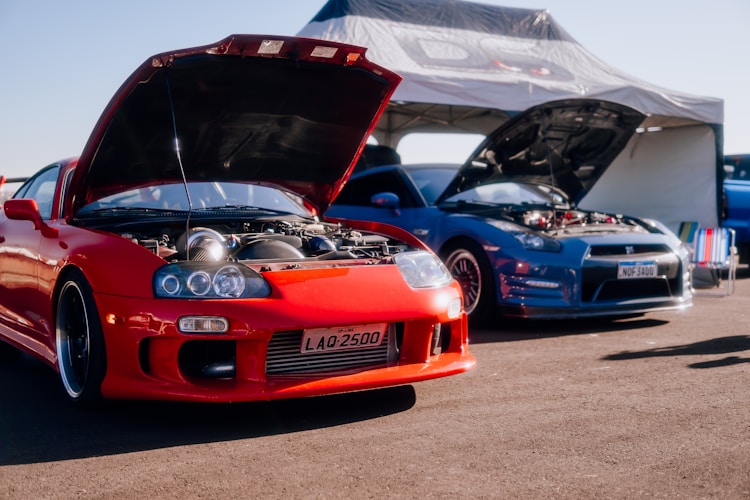
Superchargers boost engine power by compressing air using a belt connected to the engine, providing immediate power but at the cost of efficiency.
Turbos also compress air but use exhaust gases to spin a turbine, leading to more efficient power with a slight delay, known as “turbo lag.”
Supercharger Pros
Instantaneous Response
Superchargers deliver immediate power boost without any lag, offering a more responsive and connected driving experience.
This is ideal for drivers who value the thrill of immediate acceleration and a feeling of direct control over the engine’s power delivery.
Simpler Design
Superchargers have a generally simpler design compared to turbochargers. This translates to easier installation and maintenance, potentially reducing costs and making them more DIY-friendly for some enthusiasts.
Predictable Power
Superchargers deliver consistent and predictable power throughout the rev range, providing a linear increase in performance as engine speed rises.
This can appeal to drivers who value precise control and consistent power delivery.
Related article: Cheap Supercharged Cars
Supercharger Cons
Fuel Consumption
The constant parasitic power draw from the engine to spin the supercharger can decrease fuel efficiency, especially in city driving and stop-and-go situations.
This can be a significant drawback for drivers prioritizing fuel economy.
Higher Cost
Typically, purchasing and installing a supercharger is more expensive compared to a turbocharger. This can be a deciding factor for budget-conscious enthusiasts.
Potential Power Loss
Power delivery in superchargers can taper off at higher engine speeds due to heat limitations and the inability to compress air as effectively at higher RPMs.
This can be a concern for drivers seeking sustained power gains across the entire rev range.
Turbocharger vs Supercharger: What to Choose?
Beyond the technical specifications, consider these additional factors to make an informed decision:
- Driving Style: Do you prioritize instant response and a connected driving experience? A supercharger might be your choice. If you value broader power delivery and fuel efficiency in certain situations, a turbocharger could be a better fit.
- Budget: Factor in both the initial purchase and installation costs, along with potential long-term impacts on fuel consumption.
- Vehicle Compatibility: Not all vehicles are readily compatible with either option. Consult with a qualified mechanic or performance shop to assess your specific vehicle and its modification potential. Some vehicles might require additional modifications to accommodate either a turbocharger or a supercharger.
- Long-Term Goals: Consider your future plans for the vehicle. Superchargers are generally easier to modify and upgrade for even more power, while some turbochargers might require extensive modifications for significant power gains.
Turbocharger vs Supercharger: The Emotional Connection
The choice between a turbocharger and a supercharger isn’t purely based on technical specifications. It can also be influenced by the emotional connection you feel towards each technology.
Superchargers offer a more visceral experience, with the whine of the compressor adding a distinct soundtrack to the performance drama.
Turbochargers, on the other hand, provide the thrill of the sudden surge of power once the boost kicks in, often described as a “kick in the pants” sensation. Ultimately, the choice can be driven by how each technology resonates with your personal preferences and driving style.
Choosing the right forced-induction technology is an exciting step in unlocking the hidden potential of your vehicle.
By understanding the distinct characteristics, advantages, and considerations of turbochargers vs superchargers, you’ll be equipped to elevate your driving experience and unleash your engine’s true power.
Related article: Gasoline vs Diesel
The Future of Forced Induction: Innovations on the Horizon
While turbochargers and superchargers remain the most widely utilized methods of forced induction, exciting innovations are paving the way for greater efficiency and performance. Here are a few developments to keep an eye on:
- Electric Superchargers: These novel systems use an electric motor to spin the compressor, virtually eliminating lag while providing instant boost and maximizing fuel efficiency. They offer a promising blend of both technologies but are currently limited by battery technology.
- Variable Geometry Turbochargers (VGT): Advanced turbocharger designs feature adjustable vanes within the turbine housing, enabling them to adapt to different RPMs for reduced lag and optimized power delivery across a wider engine speed range.
- Hybrid Systems: Combining a turbocharger and a supercharger offers the potential for instant boost delivery with sustained power through the rev range. These complex systems are still evolving but promise an exceptional performance experience.
Currently, it seems that car manufacturers prefer to utilize a smaller engine paired with a turbo or in some cases a twin-turbo to extract the most amount of power from as few cylinders as possible.
This can be good for the environment but most car enthusiasts would linger after the sound of a proper V6 or V8, instead of the newer 4-cylinder options that we have in most cars these days.
Especially when it comes to legendary cars such as the C63 AMG Mercedes. Gone are the days of a V8 6.3 liter engine, nowadays the 2024 model gets a 2 liter, 4-cylinder one.
Seeking Expert Advice: Professional Guidance
If you’re considering adding forced induction to your vehicle, don’t hesitate to seek guidance from experienced mechanics and reputable tuning shops.
They can assess your car, discuss your goals, and advise on the best solution for your needs.
Be sure to inquire about supporting modifications, such as upgraded fuel systems and larger intercoolers, to maximize the benefits of your chosen booster safely.
Related article: FWD vs RWD Car
Turbocharger vs Supercharger: Final Words
Whether you opt for the raw power surge of a supercharger or the efficient thrust of a turbocharger, forced induction delivers an undeniable thrill and unlocks a new level of performance for your car.
Embrace the science behind these incredible technologies, appreciate their unique characteristics, and let the boost propel you into a more exciting driving experience.
